10 tips to sell internationally online
- Think about the investment it will take
- Do market research
- Decide on your target countries
- Choose an online marketplace
- Plan for shipping challenges
- Choose the right payment processor
- Develop your international policies and prices
- Revise your marketing
- Focus on compliance
- Finish up with a cost-benefit analysis
Even if you’re running an established e-commerce business, you should always be looking for ways to expand your customer base. In addition to retaining your current customers, bringing in new customers means greater profits and the chance to make more sales.
One way to potentially increase your customer base is to reach out to customers in other countries. By becoming an international e-commerce business, you’ll be exploring entirely new markets, and you could significantly increase the number of customers who buy from your store.
Whether your goal is to sell to Canada or Japan, taking your business international isn’t without its challenges. It’s important to consider everything that’s involved in an international e-commerce business when deciding if it’s the right choice for you.
If you’re thinking about reaching out to an international audience, the following tips can help guide you through the process.
1. Think about the investment it will take
Selling to other countries online comes with plenty of challenges, and getting your e-commerce site ready requires a significant time investment. There’s plenty of research to do, and you may need to contact both domestic and international commerce departments with questions or consult resources like these country commercial guides from the International Trade Administration.
This all takes significant time, and it can take you away from the daily task of running your existing e-commerce site. If you have the budget to hire someone to help you, this may not be such an issue. But if you’re running the entire site by yourself, you’ll need to think about how you can balance this workload.
Be sure to consider the financial investment you’ll make as well. Building an international e-commerce platform is sure to need tweaking, and you’ll likely lose money initially as you perfect your shipping and pricing policies. It might be tempting to try to take a new business international, but make sure you’re really ready for the time and financial investments that this process requires.
2. Do market research
To determine if selling internationally online is a viable option, start with market research. Your international audience will likely be different from your domestic audience, so do thorough research into who your international buyers would be and what their pain points are.
Pay particular attention to what factors would motivate these buyers to purchase from you instead of from a local seller. Remember, as an international seller, you’ll face higher shipping costs and longer shipping times than local businesses will have. If you’re selling a similar product at a similar price point, it can be difficult to compete.
But if you’re selling a truly unique product — or a product that’s significantly better than what your buyers can find locally — then you may have a good chance of success. Think about the distinct benefits that your products offer and consider whether those will be enough to motivate buyers to make international purchases.
3. Decide on your target countries
Selling products to certain countries may be more beneficial than selling to others. To decide on what countries to target, you’ll need to consider where your target audience is located and in what countries people will likely value and demand your products the most.
In addition to demand, you’ll want to consider other characteristics. Some countries have high tariff costs and strict rules for international shipments, and tax rates can vary too. Other countries may have an exchange rate that causes problems, particularly if it frequently fluctuates, which can interfere with your product pricing and profits.
You might even decide initially to choose countries where English is the official language, since this can save you the time and cost of having your site translated into local languages. All of these factors are important to consider and can influence how you sell internationally.
4. Choose an online marketplace
There are many established online marketplaces that can help you break into an international market. Marketplaces like eBay and Amazon are designed to make international shipping and selling as easy as possible for sellers. You’ll need to accept one of their international payment methods, like PayPal, and you’ll need to be able to prepare and ship the item.
Aside from that, these platforms take care of most of the hard work for you. There’s no need to worry about local currency conversion and other details.
Keep in mind, though, that for this convenience, these platforms typically take a larger percentage of your sales, which can eat into your profit margin. However, starting with one of these marketplaces can let you try out international sales more easily.
Once you have some experience selling online, Jotform Store Builder can simplify the process of creating your own branded online store, giving you more control of the sales process than you’ll have when using established online marketplaces. Jotform Store Builder features a drag-and-drop builder that makes it easy to build an online store without any coding skills.
More than 100 store templates can help you to get started, and you can enhance those templates with more than 80 widgets to customize how your store performs. By adding your business logo and brand colors, you’ll get a professional-looking store that you can easily embed right into your existing website or share through a link.
Jotform Store Builder supports more than 25 online payment gateways, including popular and trusted options like PayPal, Stripe, Square, and Apple Pay. You’ll only pay transaction fees that the payment gateway charges; Jotform doesn’t charge any additional fees.
You can easily monitor and manage your orders through Jotform Tables, and can even create customized reports to track your store’s performance.
5. Plan for shipping challenges
One of the greatest challenges of international sales is to plan for shipping costs and procedures. Shipping internationally can be expensive, and the size and weight of packages can make a significant difference to your shipping costs.
You’ll need to carefully research shipping costs and restrictions for each country where you hope to sell products. If you’re selling one or two main types of products, then you may need to invest in boxes that are just right for those types of products. Boxes with extra space in them can drive up shipping costs dramatically. Don’t forget to invest in sturdy packaging to protect the items during international shipments.
To test out the shipping process, it’s best to test-ship some products to recipients in each country. This can give you a sense of the actual shipping costs, the delivery timeline, the way to fill out customs forms accurately, and the condition that your items arrive in. Plan to make any necessary adjustments and test-ship your items again before you officially allow international sales.
6. Choose the right payment processor
Accepting payments also becomes more complicated when you’re working with international buyers. International payment processors work in different ways, but many accept credit card or debit payments in one currency and then deposit your portion of the payment in your bank account in U.S. dollars.
When choosing a payment processor, consider factors like processing fees and conversion fees. Some payment processors choose a flat fee plus a percentage of your sales, and those fees can quickly add up. Processing times are also important considerations, since you don’t want to have to wait weeks for the income that you’ve earned from your sales to be deposited to your account.
When choosing a payment processor, look for a platform that supports the payment options your audience uses most often. If you’re looking for an affordable and convenient option, consider using Jotform and Stripe Checkout.
Jotform integrates with Stripe, meaning you can easily collect payments using Jotform’s payment forms. You can embed these forms right on your site, making for an easy and customized checkout experience. Stripe Checkout uses many international payment gateways, including Giropay, Alipay, Sofort, and Grabpay, meaning you can use Stripe Checkout to support sales all over the world.
7. Develop your international policies and prices
As you gather information about taxes, exchange rates, shipping rates, and more, you can use that information to develop your international policies.
Your international policies will need to cover important questions like how you handle returns, what your shipping policies are, what happens in the event of delayed or lost shipments, and other situations that could become challenging. Be sure to specify your estimated shipping processing times as well as the best communication methods for international buyers to use and what your typical response time is.
In addition to these policies, you may need to develop specialized international pricing. This product pricing and your shipping rates will need to cover the cost of the added expenses you’ll face when selling products internationally.
Your pricing needs to be high enough to ensure that you’ll still make enough of a profit to make these international sales worth the time they take. But it still needs to be affordable enough to encourage international buyers to purchase your products. This can be a balancing act, and you’ll need to put plenty of thought and planning into it.
8. Revise your marketing
In addition to the other expenses you’ll face in taking your business international, you’ll need to revise your marketing to connect with your international target audience. The messaging and pain points that are effective with your current audience may not be effective with your international audience.
Creating customer personas can help you understand your international customer base better and refine your marketing. The SEO keywords that you’ve developed for domestic sales will likely be different in other countries as well, and if you’re creating marketing in different languages, then plan to enlist the help of a translator to ensure that everything reads smoothly and naturally.
If you don’t have experience marketing to that customer base, you might want to consider pairing with an international marketing agency that can help you develop an effective marketing plan with messaging that will truly connect with your audience.
9. Focus on compliance
Keep in mind that your policies will need to adhere to the requirements of the locations that you’re selling to. This is particularly important when it comes to your return policies and the taxes you collect from each sale.
Some countries — and even some states within countries — have specific requirements when it comes to sales elements like return policies, which your policies will need to adhere to. Contacting a local commerce department may give you the information you need, though it’s always a good idea to have a lawyer review your policies to ensure that you’re following the law in all of the locations where you’re selling products.
Even the language you use on your website will need to comply with the regulations of the locations that you’re marketing to. For example, if you’re marketing to buyers in the European Union, your site will need to comply with General Data Protection Regulation (GDPR) requirements. A website developer who specializes in international sales can help ensure that your site adheres to these requirements.
10. Finish up with a cost-benefit analysis
As you explore payment processors, shipping options, and the overall cost of doing business online, it’s important to complete the process with a cost-benefit analysis. This analysis can help you determine whether you stand to make a profit selling internationally, and you can also weigh whether the profit that you make really would be worth the time and effort you’ll have to put into these international sales.
Selling internationally online can be a strategic move that takes your e-commerce business to the next level, but it should be a decision that you make carefully. If you decide to sell internationally, then plan to branch out into just one new country at a time. Selling to the first country will likely involve a steep learning curve, but it will also help you develop the resources and planning that you need to successfully move into additional countries in the future.
Once you’re able to successfully implement international sales in one country, expanding into other countries should be easier. With a wider international audience, you’ll be able to build a larger customer base — and potentially drive more sales. International sales could help grow your business, and branching out internationally might be the best move you can make in continuing to build your e-commerce store.


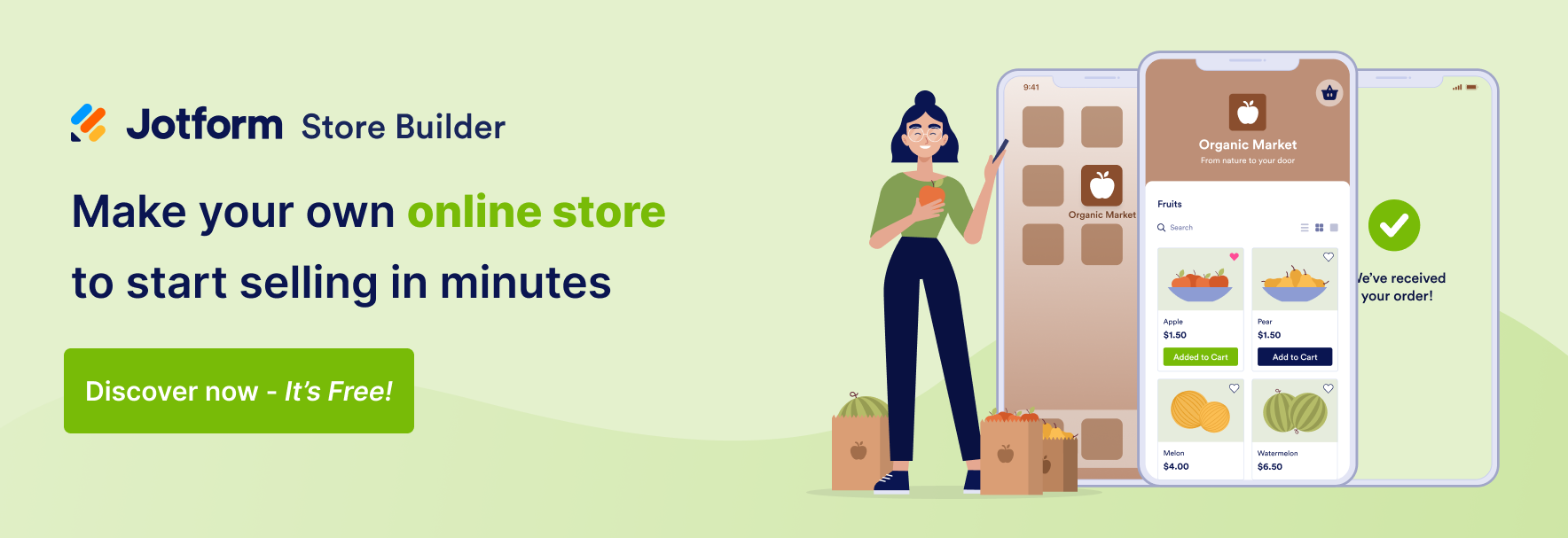






















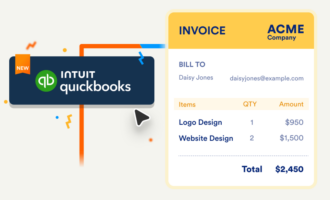



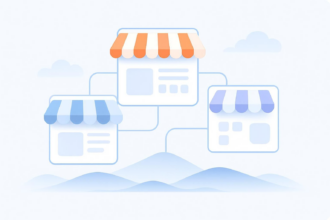

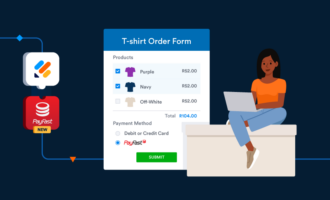



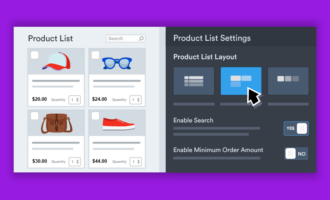










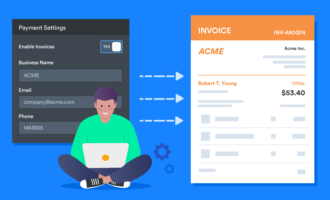

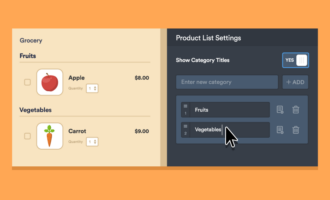




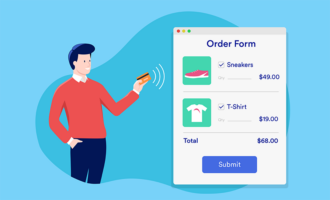












Send Comment: